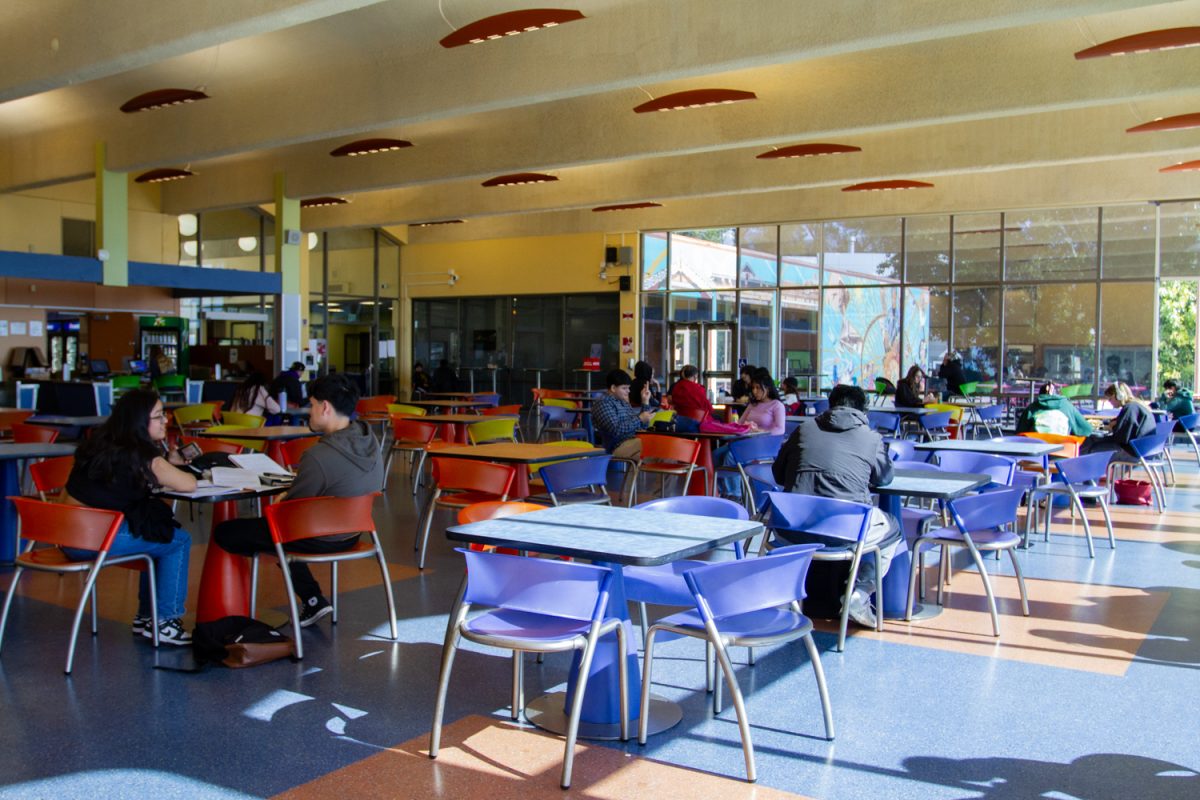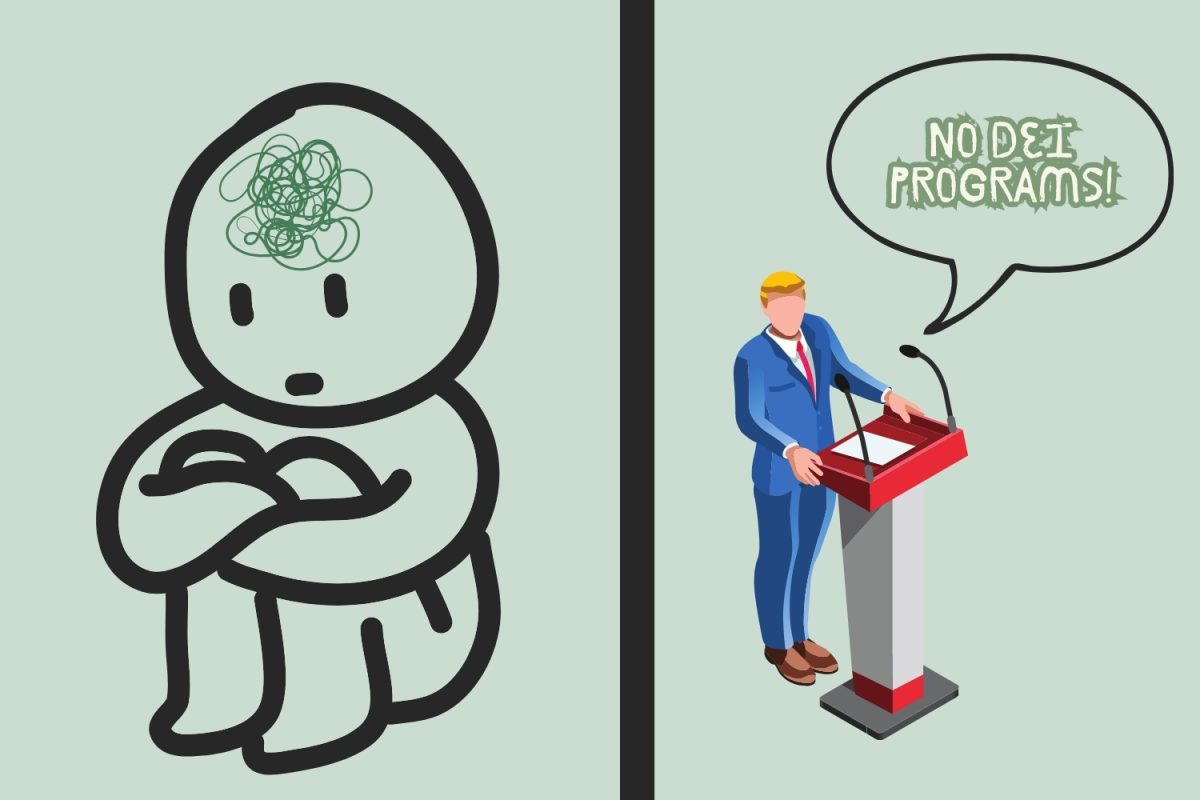It’s no secret that the meat industry has left a large ecological footprint on our environment. More and more, meat alternatives are becoming prevalent in today’s culture. Plant-based products like veggie burgers have always been a staple, but more recently, scientific advances have lead to breakthroughs with lab-grown products. But which is better for you, and the planet as a whole?
JACOB FRANK

When I first heard the terms lab-grown, synthetic, or cell-regenerative meat, I couldn’t help but picture something out of Mary Shelley’s Frankenstein. And how could you blame me? We’ve never been able to do something like this in all of history.
Lab-grown meat, generally accepted as “cultured meat,” is basically tossing animal cells into a glass jar and encouraging them to grow as if it were real muscle tissue. The cells soak in a nutrient-rich solution, similar to natural protein growth, and the result is a high-tech cell patty almost indistinguishable from the real thing.
Many people, like myself, are excited and fascinated with this new technology as an alternative. I genuinely enjoy eating meat as a meal, but I find myself reluctant in the face of animal cruelty and sketchy handling practices.
This isn’t even to mention the environmental repercussions of raising and slaughtering so many animals.
It just seems wrong, so some take up the veggie burger or cut out meat altogether.
But if there were no negative implications, would more people stick to meat?
Cultured meat and plant-based meat production both reduce our ecological footprint.
Compared to beef production, cultured meat could reduce greenhouse gas emissions by 78-98% and reduce land use by 99%. Comparatively, plant-based meat production reduces greenhouse gas emissions by 90% and reduces land use by 93%.
Both still take a toll on the environment, but the future of clean energy and science will shape the cultured meat labs each year, furthering the benefits.
Also, we can’t exactly get around how much agriculture we need for plant-based products, let alone edible crops in general. A few cultured meat labs could prevent the clearing of a forest, with one animal cell theoretically capable of producing thousands of tons of “meat” in just a few months.
Veggie alternatives are typically more expensive as well. With the ease of cultured meat production, prices will plummet to meet the funds of any household or college student.
Though I do enjoy a veggie burger, I don’t want to feel like I can’t eat meat if I was wanting to.
Technology could change that, and we can’t quite get away from science, factories or laboratories. They already got us. 60% of the American diet is highly processed foods anyway, including veggie burgers.
We shouldn’t be afraid to change things up a bit.
AUGUST LAWRENCE
 Between a lab-grown or plant-based diet, the obvious choice should be the latter.
Between a lab-grown or plant-based diet, the obvious choice should be the latter.
Growing up in Southern California, this mantra was shoved down my throat more time than I can remember, and the veggie-based option always available.
Today more and more people are converting to plant-based diets, and for good reason.
There are many advantages that come with plant-based consumption.
If made correctly, no chemicals are used in the production process of plant-based meat. Plants and veggies, compared to synthetic meat, are much better for the human body because of the purity of the product.
Your average slab of meat, unless graded ‘A’ by the USDA, is likely filled with the cheapest growth hormones, antibiotics and any other growth supplements you can name. In order to receive an A grading, meat must be organically sustained and contain no hormones or other chemicals.
Factory farms that specialize in synthetic meat spend the bare minimum in cleaning and maintaining their product for human consumption.
Increased fat and decrease in muscle tissue are common side effects in the creation of synthetic meat.
The human body was not meant to process this.
Another thing, in America, crop production uses millions of gallons of water less annually than that used to produce synthetic products suitable for human consumption.
From the sowing of the seeds to harvesting to packaging, fewer resources are used throughout the entire process compared to the production of lab-grown meat.
Although strains created by plant-based corporations through sowing and reaping the same plot of land create concern, it’s still a step in the right direction.
Synthetic meat may taste closer to the real thing, but do you really want to eat food grown in a petri dish?









